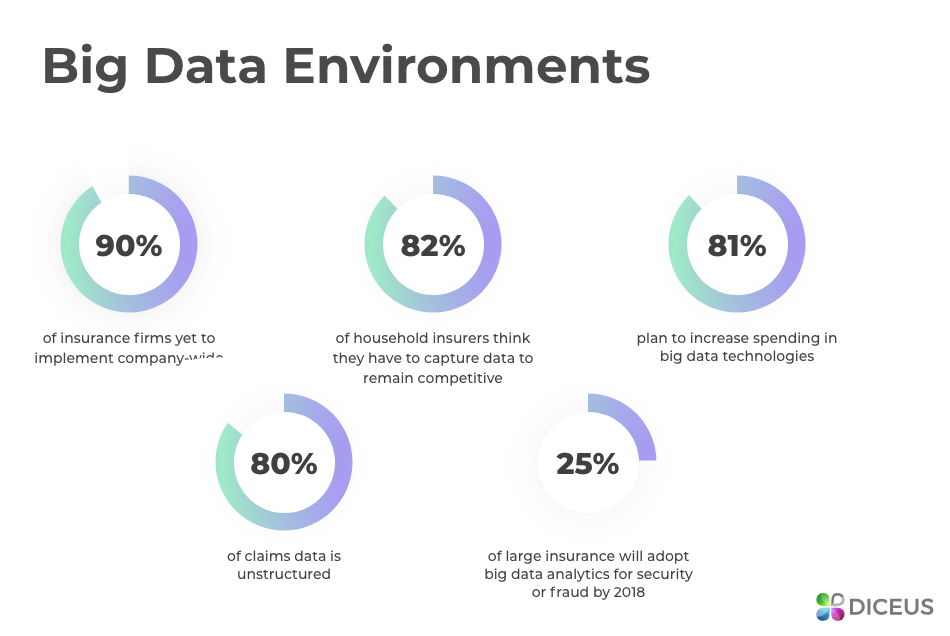5 Best Practices for Insurance CRM

Insurance companies have seen an increase in relevance lately. With the COVID-19 pandemic, their products and services are used to cancel or at least mitigate the impact of the virus to the lives and businesses of their customers. This means an increase in customers, or at least, the need to increase the number of insurance policyholders to cushion the impact of rising medical costs to insurers.
But the increase in customers could challenge the existing practices of insurance companies. What’s more, when customers are dissatisfied with the level of service they receive during the pandemic, their impression about the company could last even after this global crisis. That’s why it’s important for businesses to consider their strategy in approaching the market during these times, as it could determine their success in the future.
So what role do insurance CRMs play in the marketfield right now? Why is it necessary for businesses to create a CRM strategy? What could they do to maximize their CRMs?
What is an insurance CRM
An insurance CRM is a software designed and developed to streamline the work processes of insurance companies. Their features are made to make the tasks of insurance companies— particularly those sales and marketing-related— more efficient.
Tasks such as lead generation, lead and customer engagement, and lead and client management usually follow a specific workflow. With insurance CRM’s automation features, these tasks can be cut short or at best, eliminated, with the CRM “working for the company like a trusty assistant.”
Insurance CRMs are also known for increasing teams’ productivity, reducing companies’ operational costs, and driving sales growth. When used properly, they could give companies competitive advantage and could lead them to long-term success.
Role of CRMs in Insurance Industry
Insurance companies need to regularly get customers (or policyholders) to succeed. This helps increase the pool of resources and mitigate the risk for all policyholders. They also need to encourage existing customers to pay on time and even avail of other products and services through cross-selling or upselling.
What CRMs do is help sales and marketing teams of insurance companies perform all their tasks quickly and more efficiently. For example, sending out promotional emails can be done towards targeted segments through CRM’s automation features. Meaning, in just a few clicks, customized promotional emails will be sent to targeted leads, depending on the stage they are in during the buyer’s journey.
CRMs also help insurance companies with the documentation— pictures, important information, contracts— which are necessary to verify policyholders’ identities and for insurance companies to conform to legal processes.
In fact, in 2020, CRM in the Banking, Financial Services and Insurance (BFSI) industry is worth $12.86 billion globally. They are primarily used for Marketing and Sales Automation, Customer Management, Lead Generation and Customer Retention, Customer Support and Contact Centre, and Analytics.

A proper and automated system for documentation and analytics is the future for insurance companies
A proper and automated system for documentation and analytics is the future for insurance companies.
Five Best Practices for Insurance Companies
Below are five best practices for insurance companies:
Gathering more customer information to improve personalization of product offerings
Delivering timely and responsive services
Being tenacious — managing rejections and identifying sales opportunities
Understanding your position as an insurance agent — and that of your client’s
Practicing innovation and exploring new ways to engage leads and customers
1. Gathering more customer information to improve personalization of product offerings
One important thing that businesses must do is gain a deeper insight about what their customers like, need, or are potentially interested in. This can only be done smoothly when the business has a system to follow. To make it look less intrusive, businesses are advised to send out forms for their customers to fill out in exchange for a benefit— like a product discount or even a freebie.
When the business gains important data from their customers, this data can be used to generate analytics and form a more accurate buyer persona. It helps them personalize their product and service selections and future engagements with their customers.
2. Delivering timely and responsive services
In business, time is of the essence. Any delay can cause customers to stop buying from you and turn to your competitors for help. To deliver timely and responsive services, businesses must always be on their toes serving customers what they need even before they ask for it. This also applies to leads— some just need a little nudge, a little reminder, or persuasive message to make their first purchase.
Here, it is highly suggested for businesses to use CRMs and other tools to have a “round-the-clock, reliable assistant” that reminds you of what needs to be done or even automates your tasks for you (meaning, they can do your tasks for you on schedule or when certain conditions are met) without having to be reminded. This is a groundbreaking technology that provides companies a competitive edge that they should not miss out on.
3. Being tenacious — managing rejections and identifying sales opportunities
In business, some “no’s” might eventually become “yes’s” and these are what insurance agents should keep in mind. As long as a lead is willing to be part of your newsletters, keep them informed of what your products and services can do for them— how they would benefit them and how they’d be needing them in the future.
Cover stories about how some customer’s insurance premium helped them navigate a world looming in uncertainty— and how it would help them traverse the post-pandemic world. Show them how your products provide value to the lives of “real people” and how they could be part of these people in the future.
Remember, a persuasive content or material could be the only step remaining for a lead to finally convert into a customer.
4. Understanding your position as an insurance agent — and that of your client’s
Sometimes insurance agents miss out on sales opportunities because they’re too sales-driven. Remember to put clients first, before sales quotas. And this begins with understanding your positions as an insurance agent and that of the client’s.
Determine how you should frame the value of your products and services and how it would impact the life of the client. Identify what the client needs, how much they can afford, what they prefer to do in the short-run and in the long-run, and what they prioritize right now.
This helps you trim down your action plan into something more simple yet beneficial to the client. This eventually translates into excellent service— one that the customer would definitely recommend to others.
5. Practicing innovation and exploring new ways to engage leads and customers
As the world is shaped and reshaped by technology, insurance companies must find new ways to engage potential customers as well as existing ones. This means that companies in this industry must be keen in innovating, integrating technology into their workflows, and create fresh and impactful ways of improving the customer experience and welfare.
This starts with investing more in their own research and development, or by partnering with third-party software companies and drafting a blueprint that provides the company more edge in online engagement and in other non-traditional channels.
Find out how you can be more with an insurance CRM
Get started here. Talk to our support team for free. Or ask for a free demo.
Book a Demo